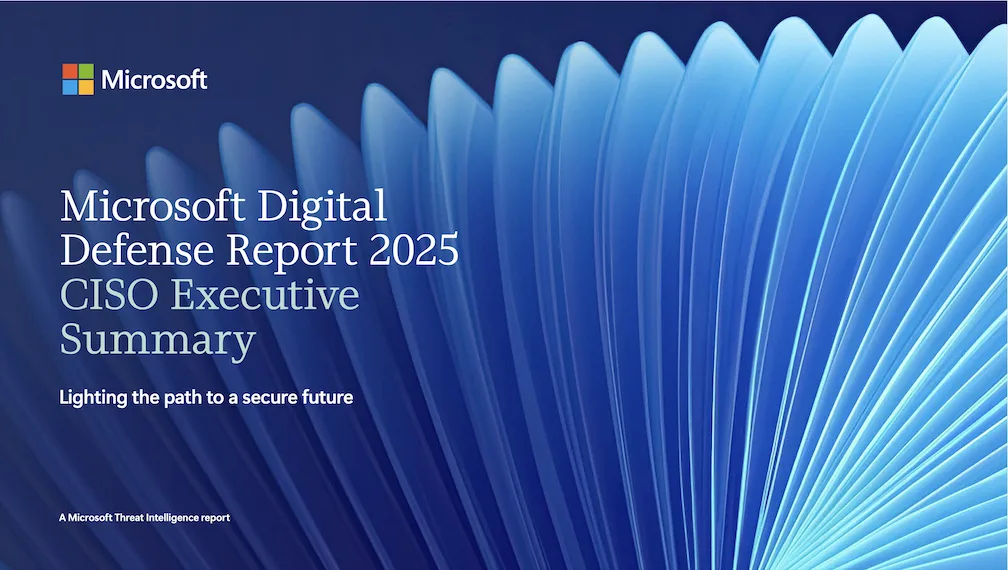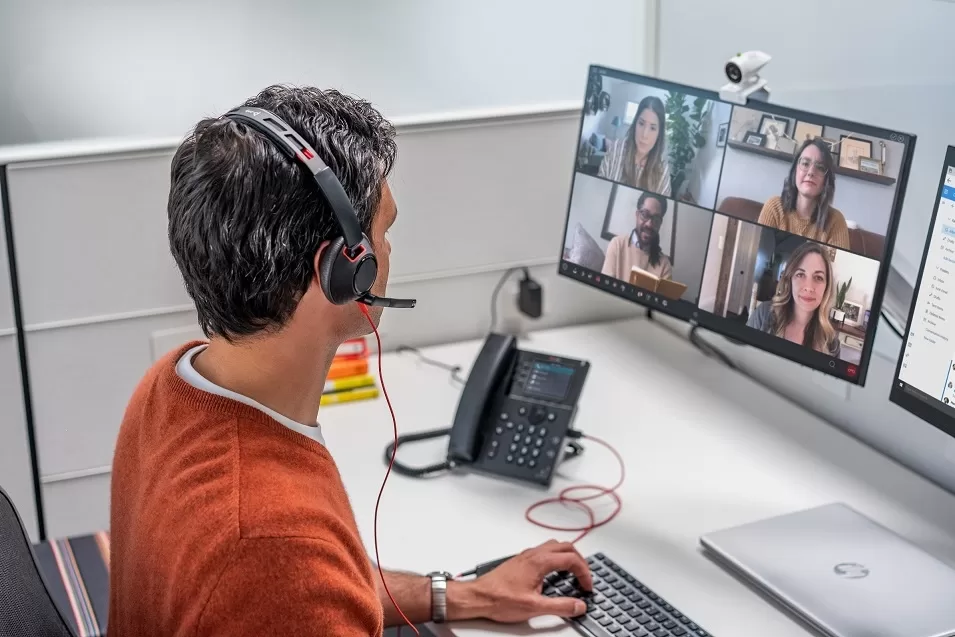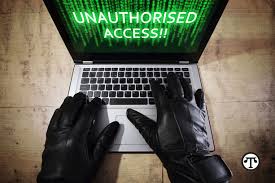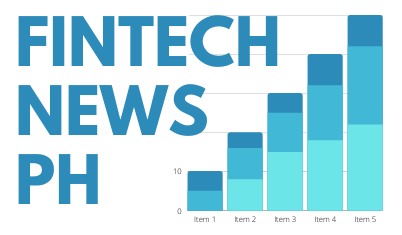The Philippines’ digital boom has brought new convenience to millions of Filipinos — but also a surge in cyber threats. As the country climbs global rankings for online fraud and malware infections, Microsoft Philippines is urging the public to take stronger measures to protect their digital lives amid an escalating wave of AI-driven scams.
According to the 2025 Microsoft Digital Defense Report, the Philippines now ranks among the top 20 countries globally affected by infostealer malware, with more than 9,000 Windows devices compromised by the Lumma Stealer between March and May 2025.

Microsoft warns Filipinos as AI scams surge online
The report paints a worrying picture of how digital fraudsters are evolving faster than many users’ awareness or defense mechanisms.
“Cybercriminals are no longer just using simple phishing emails — they’re now using AI to create deepfakes, cloned voices, and realistic messages that can fool even the most cautious users,” said Amy Hogan-Burney, Corporate Vice President for Customer Security and Trust, in a blog post. “With Filipinos spending more time online for work, entertainment, and financial transactions, it’s critical that everyone knows how to spot these threats.”
Microsoft Philippines said it remains committed to helping every Filipino stay safe online. With one of the largest security intelligence networks in the world — processing more than 100 trillion signals daily — the company has a unique vantage point to understand and combat evolving digital threats.
Whether you’re watching teleseryes, shopping online, or sending money to loved ones, here are four practical ways to protect yourself and your family online:
1. Don’t be fooled by fake faces and voices — One of the most alarming trends highlighted in Microsoft’s latest report is the use of AI-generated deepfakes to impersonate real people — from family members to bank officers. These highly convincing forgeries have already been used in fraud attempts globally, leading Microsoft to block an estimated US$4 billion worth of scams in the past year alone.

The use of AI-generated deepfakes to impersonate people and gain file access is becoming rampant.
Cybersecurity experts warn that deepfakes represent a new frontier in social engineering, where emotional manipulation and visual deception are weaponized to extract money or data. “Imagine receiving a video message from someone who looks and sounds like your cousin — but it’s not really them,” Hogan-Burney said. “That’s the power of deepfakes, which are now increasingly being used in scams and impersonation attacks.”
If something feels off, trust your instincts. Microsoft advises users to verify unexpected video or voice messages through a secondary channel before taking action — such as calling the person directly — and to avoid uploading high-quality videos or recordings publicly, which can be exploited to clone one’s likeness, unless necessary. These can be used to mimic you later.
2. Think twice before clicking that link (and watch out for text scams!) — Microsoft found that scam emails created using AI are much more convincing — people are nearly five times more likely to click on them compared to regular scam emails.
Phishing and smishing remain the most common forms of attack in the Philippines. The company noted that AI-generated phishing emails are nearly five times more effective at tricking recipients compared to traditional scam messages, owing to their realistic tone and professional formatting.

Scammers often pose as banks, delivery firms, or e-commerce platforms, urging users to click links or open attachments. Microsoft urges Filipinos to pause before reacting: check sender details, avoid shortened links, and always log in through official websites instead of links sent via message.
The same caution applies to social media platforms, where fake brand pages and imposter accounts are proliferating. “Social networks are where Filipinos connect and shop, but they’re also where many scams start,” Hogan-Burney further stated. “Always check for verified profiles, and don’t engage with suspicious promos or links.”
In other words, if you’re unsure, don’t click. Verify first with your bank, telco, or delivery service using their official contact channels.
3. Build strong digital habits, and know what to do — Staying safe online starts with the basics. Use strong, unique passwords for each account, and keep your apps and devices updated to protect against known vulnerabilities. More importantly, enable two-step verification. According to Microsoft, multifactor authentication can block more than 99% of unauthorized access attempts.

As part of its campaign to make every Filipino “cybersmart,” the tech company also emphasizes the importance of building strong digital habits. This includes using unique, complex passwords, keeping devices and apps updated, and enabling multifactor authentication (MFA) — a tool the company says can block over 99% of unauthorized access attempts.
In a country where mobile-first internet use is the norm, these small steps can have an outsized impact. “Many Filipinos use their phones for everything — from banking to business,” said Hogan-Burney. “That makes it even more important to secure every device and account.”
When scams do happen, Microsoft advises users to act quickly: take screenshots, disconnect devices, change passwords, and report incidents to banks, telcos, or the National Computer Emergency Response Team (NCERT). Victims are also urged to warn their contacts to prevent the scam from spreading further.
4. Double-check website addresses (be careful on social media) — Scammers create fake websites that look almost identical to real ones — with just a tiny typo or extra word. For instance, “micorsoft.com” instead of “microsoft.com” or “login.microsoft.com.secureauth.com,” which isn’t from Microsoft at all. To stay safe, use bookmarks for sites you visit often. And on desktop, hover over links to preview the actual URL before clicking.
With one of the largest security intelligence networks in the world — analyzing over 100 trillion signals daily — Microsoft continues to track and combat evolving cyber threats. Its latest initiative, the Be Cybersmart Kit, provides free tools and educational materials to help Filipinos recognize and respond to online risks.
Better yet, explore Microsoft’s Be Cybersmart Kit and start protecting yourself and your loved ones today. As AI continues to reshape the way people communicate and transact, experts say the greatest defense may not come from technology alone — but from an informed and vigilant public ready to think twice before they click.

